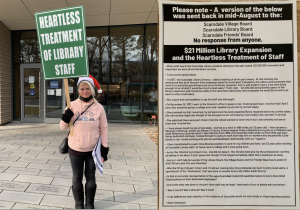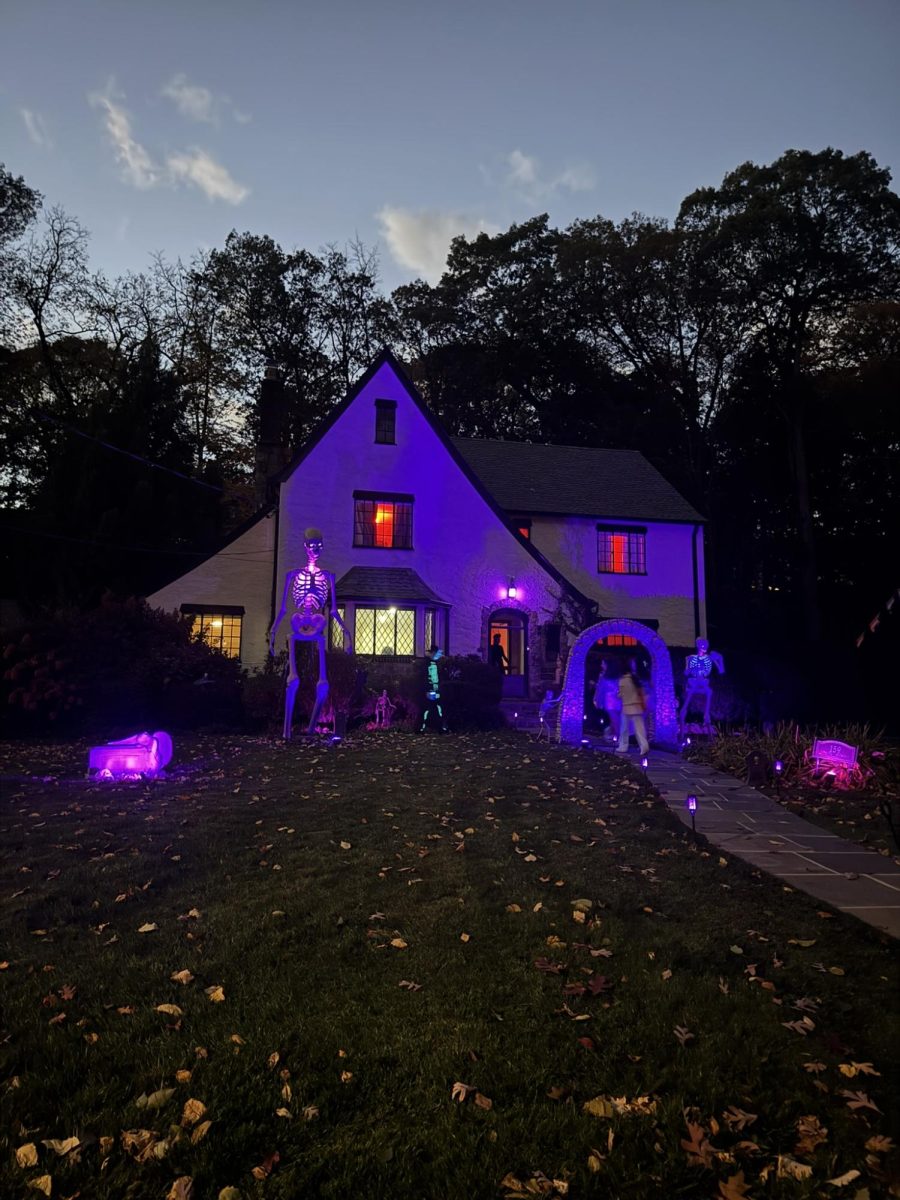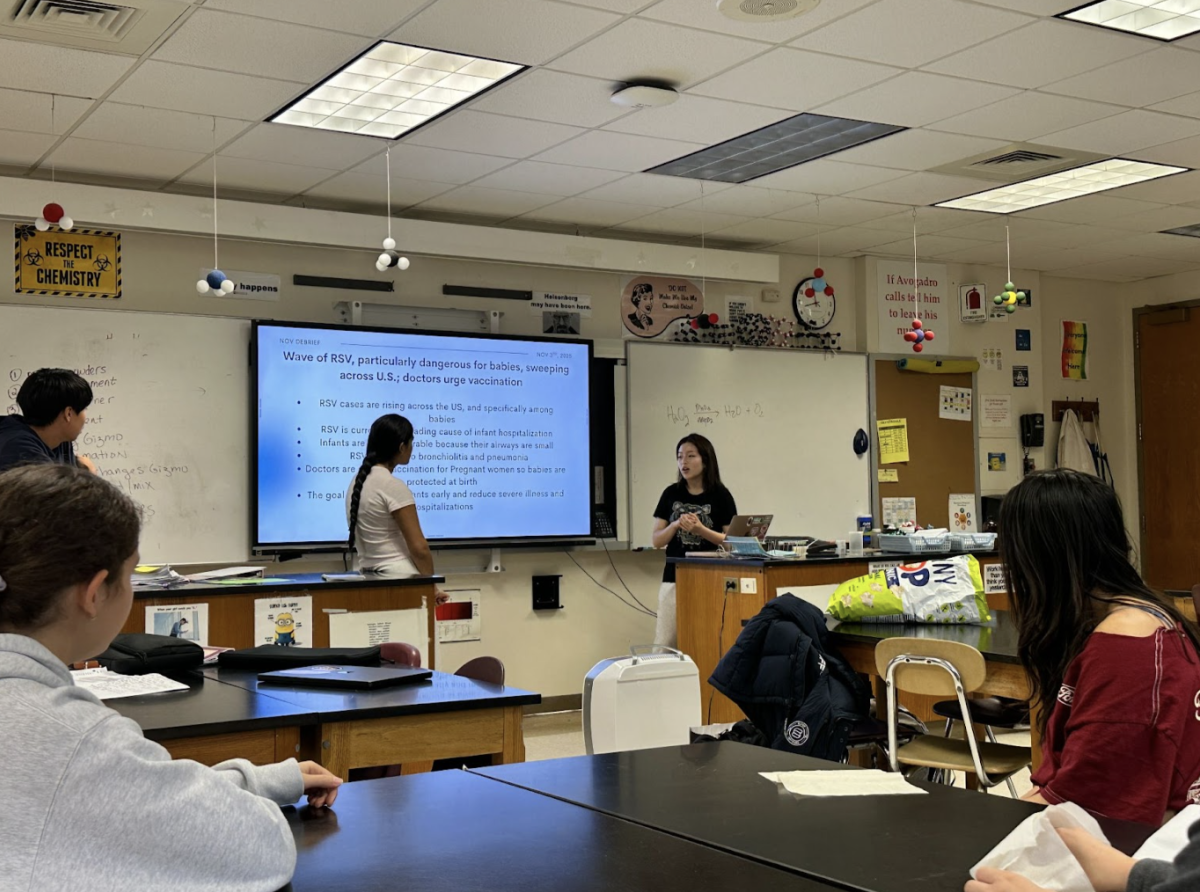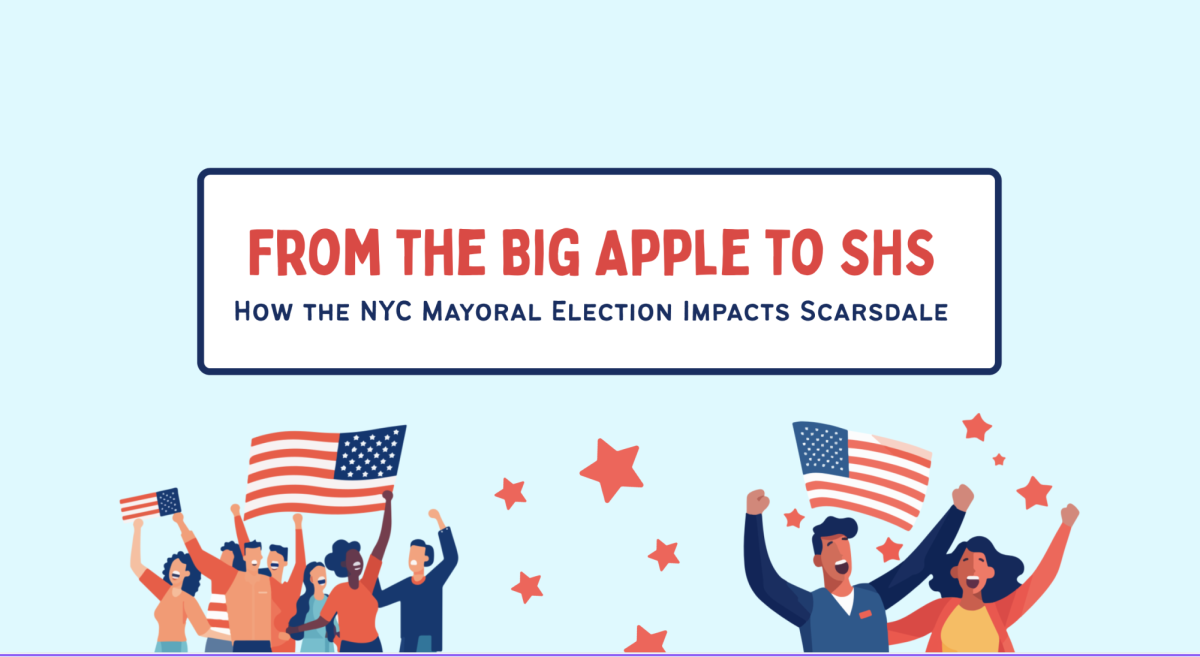The Government Shutdown Explained—Updated
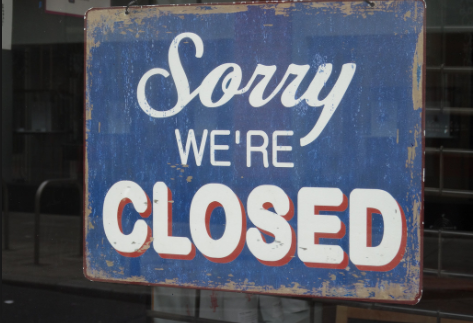
Credit: Flickr
February 4, 2018
A brief government shutdown began on January 20 as Congress failed to pass a budget bill. It started after senators were unable to reach the 60 votes needed to overcome a Democratic filibuster—a political procedure used to prolong debate and delay a vote. The filibuster blocked approval of a short-term spending bill dictating the amount of money set aside for different government agencies.
The main reason for the shutdown was that some senators were unhappy that there was still no clear resolution or deal for the Deferred Action for Childhood Arrivals (DACA), the program established by President Barack Obama that allows immigrants who came to the US illegally as minors to stay, attend school, and find work.
The last-minute vote to end the filibuster was 50-49, with a majority of Republicans voting to end debate—a process called “cloture”—and a majority of Democrats voting to continue it. But there were also five Democrats who joined the Republicans in voting for cloture, and four Republicans who joined most Democrats.
The argument over the budget and DACA show the strong political divide present in the US. “There’s a large political schism in our nation today, and sadly this is a representation of that in government,” said Abhinav Vittal ’20.
After several days of stalled negotiations and mutual finger-pointing, a bipartisan group of 25 senators proposed a bill to reopen the government until February 8th, with hopes that an agreement could be made on immigration and DACA by that time. The bill was passed on January 22nd, and government services and activities were resumed the next day.
After a renewed—but brief—shutdown early in the morning of 9 February, the House and Senate agreed on a continuing resolution to fund the government at least through March 23.



